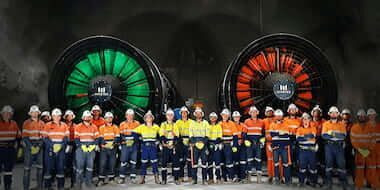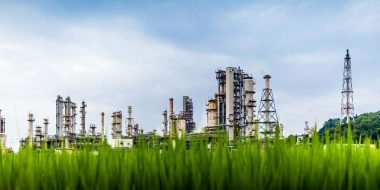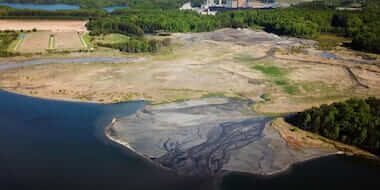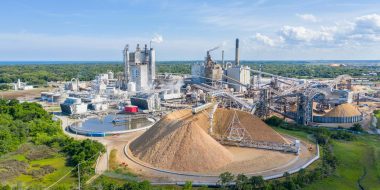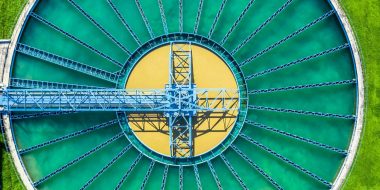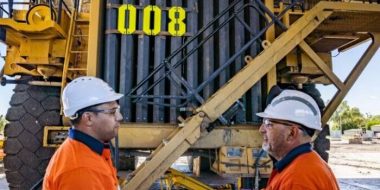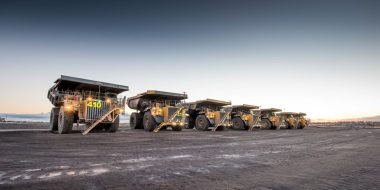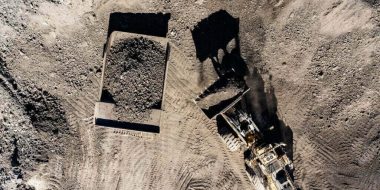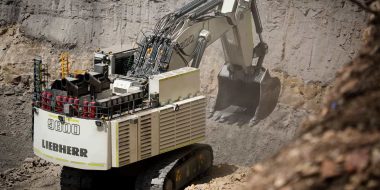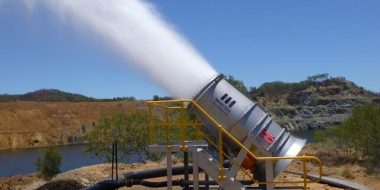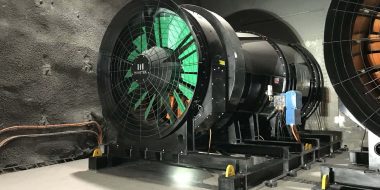A mine water management plan is a comprehensive strategy developed by mining companies to effectively manage water resources within and around mining operations. Mining activities can lead to the generation of large volumes of water, both from natural sources like rainfall and groundwater and from activities such as dewatering of underground workings and excavation activities.
Such plan documents typically outline a background to the mine site, purpose and scope, objectives, requirements, consultation with stakeholders (internal and external), legislation, planning, implementation, measurement, monitoring and evaluation, review and improvements, contingency planning, incidents and reporting, accountabilities and commitments.

A comprehensive and well-designed mine water management plan is crucial for resource industries to ensure efficient water management, operational stability, and compliance with environmental regulations.
13 key factors that contribute to a comprehensive mine water management plan.
1. Site-specific assessment
A water management plan should begin with a comprehensive site-specific assessment, analysing factors such as geology, hydrology, and the potential for water infiltration. Understanding the unique characteristics of the site helps mining companies tailor the plan to the site’s specific needs.
2. Clear objectives
Clearly defined objectives are essential for success of a mine water management plan. Whether it’s maintaining operational efficiency, complying with regulations, or safeguarding environmental integrity, the objectives should be specific, measurable, achievable, relevant, and time-bound (SMART).

3. Risk analysis and mitigation
Identifying potential risks associated with water management, such as flooding, water quality degradation, or water scarcity, is critical. Your plan should outline proactive measures to effectively mitigate risks associated with managing excess water and respond quickly in case of an emergency.
4. Appropriate dewatering techniques
Selecting the most suitable dewatering techniques for the site’s environmental conditions is essential. A combination of methods, such as mechanical evaporation, groundwater control, tailings storage facilities, water treatment or water transfer, may be necessary based on the project’s scale and complexity. For a comprehensive comparison of eight commonly used dewatering methods, download our ‘Exploring dewatering techniques: A comprehensive comparison of solutions’ e-book.

5. Monitoring and data collection
Regular monitoring and data collection are fundamental to assessing the effectiveness of the plan and detecting any changes in water levels or quality. Monitoring may include the volume and quality of disposal wastewater, pit or tailings water levels and water quality for compliance with statutory requirements. This data serves as a basis for informed decision-making, real time changes and future adjustments to the water management plan if required.
6. Resource allocation
Adequate allocation of resources, including water sources, environmental protection, regulatory compliance, financial, technical, and human resources, ensures the implementation and continuous improvement of the water management plan. Budgets and timelines should be realistic and sufficient to meet the plan’s objectives.

7. Stakeholder engagement
Engaging all relevant internal and external stakeholders, including local communities, regulatory authorities, and environmental organisations, fosters collaboration and transparency. Their input and support are invaluable in shaping a successful mine water management plan.
8. Environmental compliance
A mines water management plan must comply with relevant environmental regulations and standards. Minimising environmental impact, protecting water resources, and adhering to discharge limits are crucial elements of compliance.

9. Contingency planning
An effective mine water management plan should include contingency measures for unexpected events, such as extreme weather conditions, natural disasters, or equipment failures. Having contingency plans in place enhances preparedness and reduces potential disruptions.
10. Sustainability and long-term management (LOM)
A good plan considers long-term sustainability, with strategies for ongoing water management beyond the project’s operational phase. This includes post-closure water management to mitigate potential environmental liabilities.

11. Education and training
Ensuring that all personnel involved in water management activities are adequately trained is essential. Proper education on the mine water management plan’s objectives and protocols enhances the plan’s successful implementation.
12. Adaptability and flexibility
A good mine water management plan should be adaptable to changing conditions, such as shifts in project scope, new technologies, or evolving environmental regulations. Flexibility allows for adjustments to optimise performance.

By integrating these elements into a comprehensive mine water management plan, mine sites as well as those operating in other resource industries can effectively manage water resources, minimise risks, and contribute to sustainable and responsible operations.
Minetek’s mine water management
Minetek Water Evaporators can play a significant role in your mine water management plan by providing a comprehensive and sustainable solution for managing excess water generated by mining operations. Minetek’s patented water management technology has been specifically designed to evaporate wastewater efficiently, and economically, effectively reducing the volume of water that needs to be managed, treated, or discharged.
Our innovative water management solutions can evaporate up to 1 megalitre per day with approximate CAPEX costs of just $220,000 AUD, approximate OPEX costs of just $0.20 AUD per 1m3 evaporated. Our evaporators have excellent mobility, automated operation, with the unique ability to manage changing water qualities and a minimal infrastructure footprint. Deploy your water management solution quickly, with fast lead times (6-8 weeks) and with very little maintenance required. Minetek Water Evaporators are a water management solution worth evaluating when developing your next mine water management plan.

If you’d like to see a comprehensive comparison of eight different water management solutions including Minetek Water Evaporators, we’ve analysed the effectiveness of each solution based on volume, CAPEX, OPEX, operation, mobility, ability to manage changing water qualities, lead time, maintenance, and infrastructure footprint. Download our ‘Exploring dewatering techniques: A comprehensive comparison of solutions’ e-book or leave your details below to learn more about Minetek’s innovative and cost-effective water management solutions.

